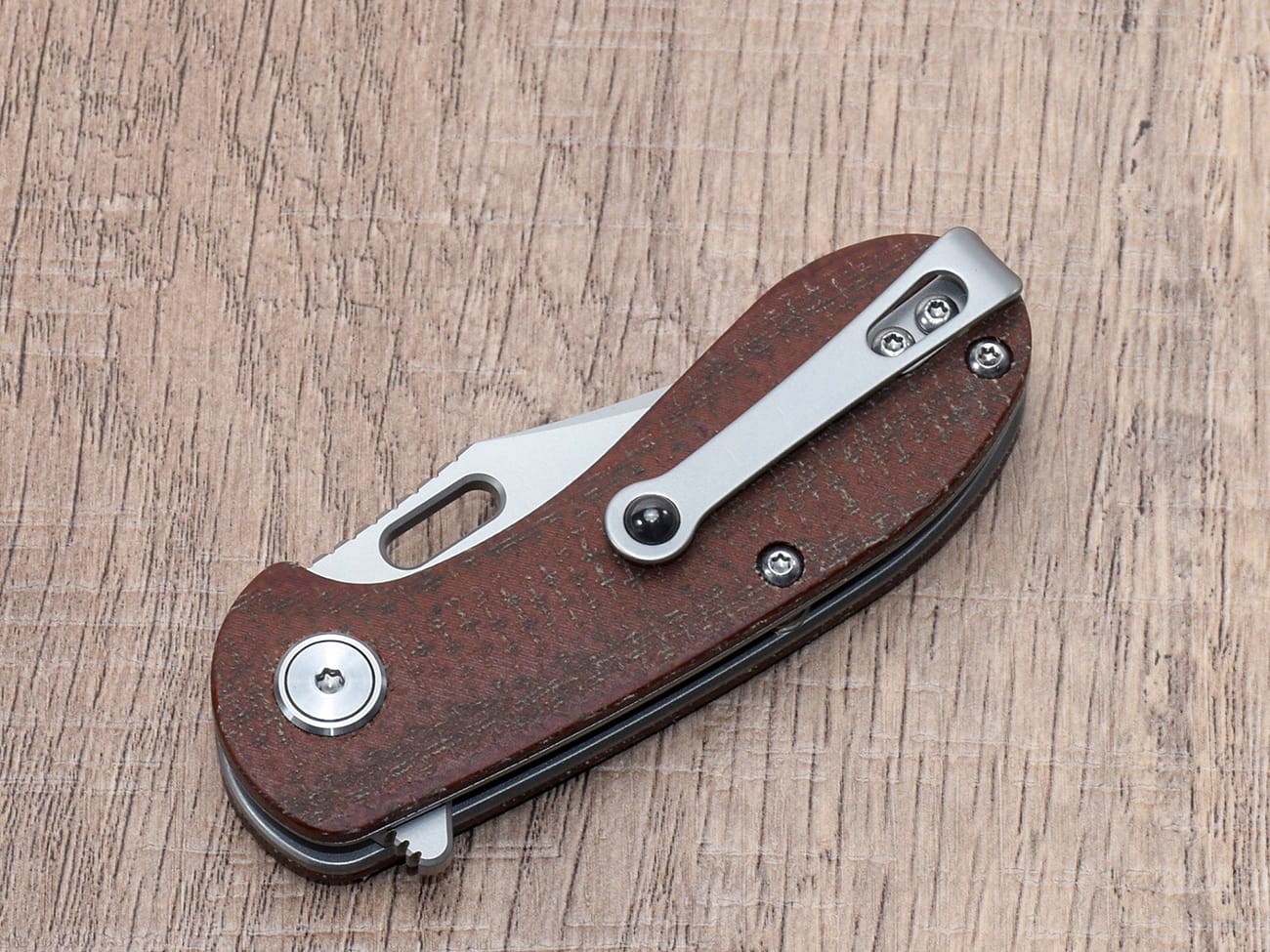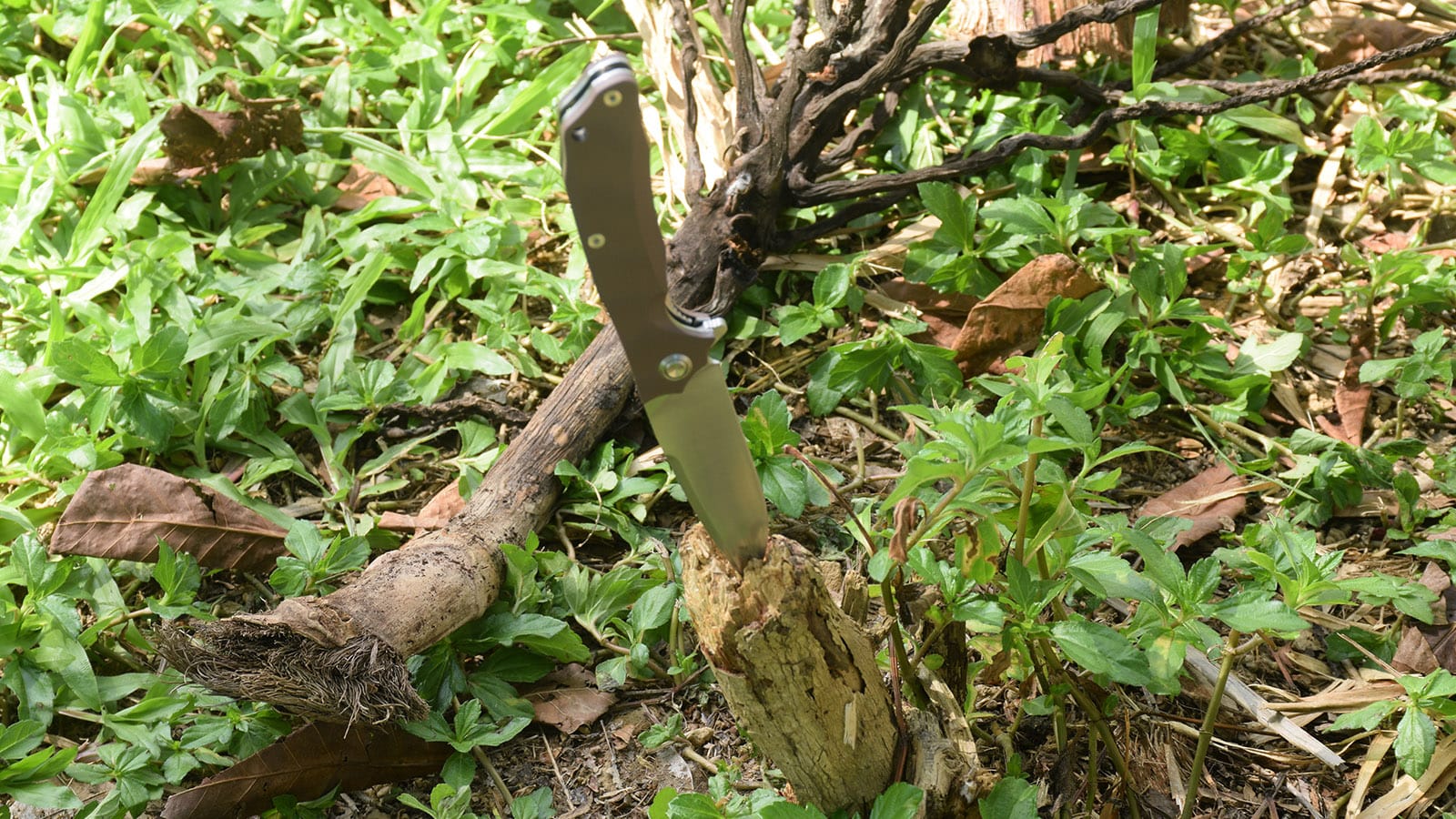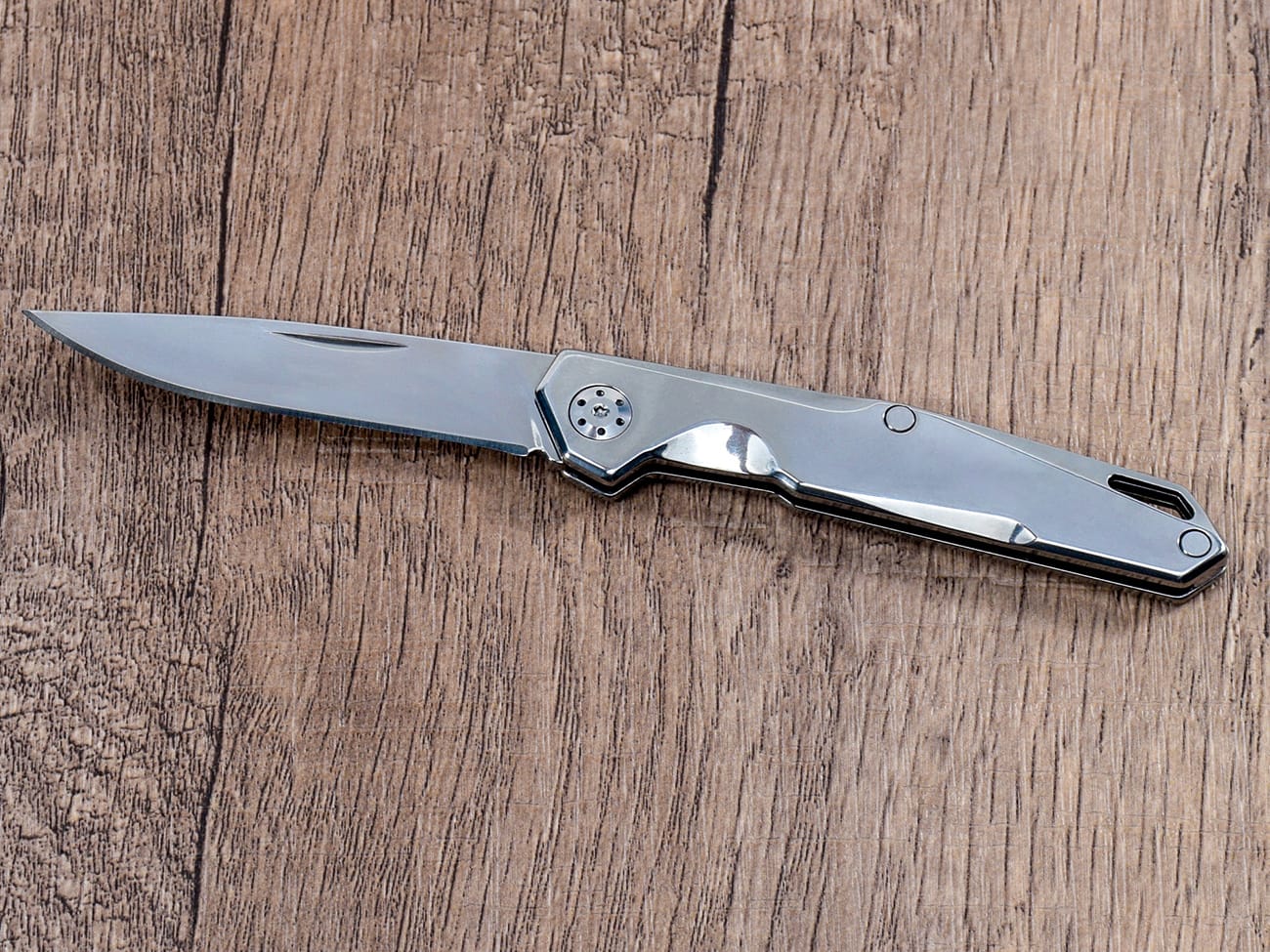Are you intrigued by the thrilling world of knife throwing? Whether you’re looking to impress your friends at a backyard barbecue or aspiring to become a professional knife thrower, this comprehensive guide will walk you through everything you need to know to get started. From selecting the right throwing knife to mastering various throwing techniques, we’ll cover it all. So, grab your throwing knives and let’s dive into the exciting art of knife throwing!
Why Learn How to Throw a Knife?
Knife throwing is not just a cool party trick; it’s a skill that requires precision, focus, and practice. Learning how to throw a knife can:
- Improve hand-eye coordination
- Enhance concentration and mental focus
- Provide a unique and challenging hobby
- Serve as a fun outdoor activity
- Potentially be useful in survival situations
Now that you’re motivated to learn, let’s explore the essential aspects of knife throwing.
What Makes a Good Throwing Knife?
Before you start throwing, it’s crucial to choose the right knife. Not all knives are suitable for throwing, and using the wrong type can be dangerous and ineffective. Here are some key features to look for in a good throwing knife:
- Balance: A well-balanced knife is essential for consistent throws. Look for knives that are evenly weighted or slightly blade-heavy.
- Weight: Beginners should start with heavier knives (8-12 ounces) as they’re easier to control. As you progress, you can move to lighter knives.
- Length: A good throwing knife should be between 9-16 inches long. Longer knives are generally easier to throw for beginners.
- Material: Choose knives made from durable materials like stainless steel or carbon steel.
- Design: Simple, straight designs without fancy handles or guards work best for throwing.
- Tip: A sharp, pointed tip is crucial for sticking into the target.
For beginners, we recommend the custom 9cr18mov stainless steel pocket knife with g10 handle as a versatile option that can be used for both everyday carry and throwing practice.
How to Hold a Throwing Knife?
The way you grip the knife is crucial for a successful throw. There are two main grips used in knife throwing:
1. Hammer Grip
This is the most common and easiest grip for beginners:
- Hold the knife as you would a hammer, with your fingers wrapped around the handle.
- Your thumb should rest along the side of the handle.
- Ensure a firm but relaxed grip.
2. Pinch Grip
This grip is more advanced but offers better control:
- Hold the knife between your thumb and first two fingers, pinching the blade near the center of gravity.
- Your remaining fingers should curl loosely around the handle.
- This grip allows for a smoother release but requires more practice.
Remember, regardless of the grip you choose, consistency is key. Stick with one grip until you’ve mastered it before experimenting with others.
What’s the Proper Throwing Stance?
Your throwing stance is the foundation for a good throw. Here’s how to position yourself:
- Stand sideways to the target, with your non-throwing shoulder facing it.
- Place your feet shoulder-width apart for stability.
- Distribute your weight evenly on both feet.
- Keep your body relaxed but ready to move.
This stance allows for a natural throwing motion and helps maintain balance throughout the throw.
How Do You Throw a Knife?
Now that you’ve got the basics down, let’s dive into the actual throwing technique:
- Grip the knife: Use either the hammer grip or pinch grip, as discussed earlier.
- Raise the knife: Bring the knife up to eye level, with your elbow bent at a 90-degree angle.
- Aim: Focus on a specific point on the target. For beginners, aim for the center of the target.
- Throw: In one smooth motion, bring your arm forward, extending it fully as you release the knife.
- Release: Let go of the knife when your arm is parallel to the ground. The knife should leave your hand smoothly, without any wrist flick or spin imparted by your fingers.
- Follow through: Continue the throwing motion after releasing the knife. This helps maintain accuracy and consistency.
Remember, the key to a good throw is a smooth, consistent motion. Avoid using too much force, as this can lead to inaccuracy and potential injury.

Demonstrating proper knife throwing technique with an 8cr13mov stainless steel folding knife with micarta handle
What Are the Different Types of Knife Throws?
There are several types of knife throws you can master as you progress:
1. No-Spin Throw
This technique is ideal for short distances and requires minimal rotation of the knife:
- Hold the knife by the handle with the blade pointing towards the target.
- Use a quick, snapping motion to propel the knife forward without imparting spin.
- Release the knife when your arm is fully extended.
2. Half-Spin Throw
This is a common technique for beginners:
- Hold the knife by the handle with the blade pointing away from the target.
- As you throw, the knife will rotate 180 degrees before hitting the target.
- This throw works well for distances of about 5-7 feet.
3. Full-Spin Throw
As you gain more experience, you can try the full-spin throw:
- Hold the knife by the handle with the blade pointing towards you.
- The knife will make a complete 360-degree rotation before hitting the target.
- This technique is typically used for longer distances, around 10-15 feet.
What’s the Right Throwing Distance?
The correct throwing distance depends on several factors, including the length of your knife, your throwing style, and your skill level. Here’s a general guide:
- No-spin throws: 5-10 feet
- Half-spin throws: 5-7 feet
- Full-spin throws: 10-15 feet
Start at shorter distances and gradually increase as you improve. Remember, consistency is more important than distance when you’re learning.
How Can You Improve Your Knife Throwing Accuracy?
Improving your accuracy takes time and practice. Here are some tips to help you progress:
- Practice regularly: Set aside time each day for throwing practice.
- Focus on consistency: Maintain the same grip, stance, and throwing motion for each throw.
- Start close: Begin with shorter distances and gradually move back as you improve.
- Use a proper target: Invest in a good throwing target or create one using soft wood.
- Analyze your throws: Pay attention to how the knife rotates and where it lands. Adjust your technique accordingly.
- Experiment with different knives: Try throwing knives of different weights and lengths to find what works best for you.
- Join a club or take lessons: Learning from experienced throwers can greatly accelerate your progress.
What Safety Precautions Should You Take When Throwing Knives?
Safety should always be your top priority when throwing knives. Here are some essential safety tips:
- Choose a safe location: Throw in an open area away from people, animals, and valuable property.
- Use proper equipment: Invest in quality throwing knives and targets designed for this purpose.
- Wear closed-toe shoes: Protect your feet in case of dropped knives.
- Never throw at living targets: Only throw at designated targets.
- Inspect your knives: Check for damage or loose parts before each throwing session.
- Store knives safely: Keep your throwing knives in a secure location when not in use.
- Be aware of your surroundings: Ensure no one enters your throwing area while you’re practicing.
- Don’t drink and throw: Never combine alcohol or drugs with knife throwing.
What Are Some Common Mistakes to Avoid?
As a beginner, you’re bound to make some mistakes. Here are some common ones to watch out for:
- Using too much force: A smooth, controlled throw is more accurate than a powerful one.
- Inconsistent release point: Practice releasing the knife at the same point in your throw each time.
- Neglecting the follow-through: Completing your throwing motion helps maintain accuracy.
- Choosing the wrong knife: Use knives specifically designed for throwing.
- Ignoring safety precautions: Always prioritize safety over showing off.
- Getting discouraged: Remember that knife throwing takes time and practice to master.
How Can You Progress from Beginner to Advanced Knife Thrower?
As you become more comfortable with basic throws, you can challenge yourself with these advanced techniques:
- Multiple knife throws: Practice throwing two or more knives in quick succession.
- Moving targets: Set up targets that swing or move to improve your timing and accuracy.
- Trick shots: Learn to throw from behind your back, under your leg, or while spinning.
- Long-distance throws: Gradually increase your throwing distance to test your skills.
- Different knife styles: Experiment with throwing axes, custom hunting knives, or other throwing implements.
Remember, advanced techniques should only be attempted once you’ve mastered the basics and are confident in your ability to throw safely and accurately.
Conclusion: Embracing the Art of Knife Throwing
Knife throwing is a challenging yet rewarding skill that combines physical precision with mental focus. By following this guide and practicing regularly, you’ll be well on your way to becoming a proficient knife thrower. Remember these key points:
- Choose the right throwing knife for your skill level
- Master the proper grip, stance, and throwing technique
- Start with basic throws and gradually progress to more advanced techniques
- Always prioritize safety in your practice
- Be patient and persistent in your training
With dedication and practice, you’ll soon find yourself hitting the bullseye consistently and maybe even performing impressive trick shots. So grab your custom folding knife, find a safe place to practice, and start your journey into the exciting world of knife throwing!




